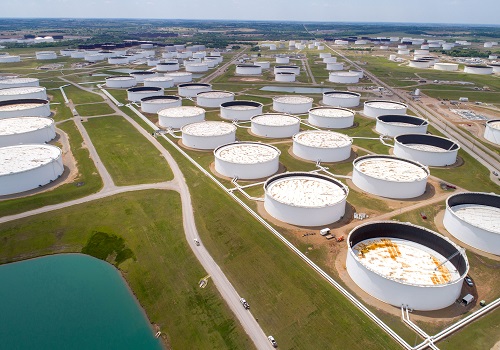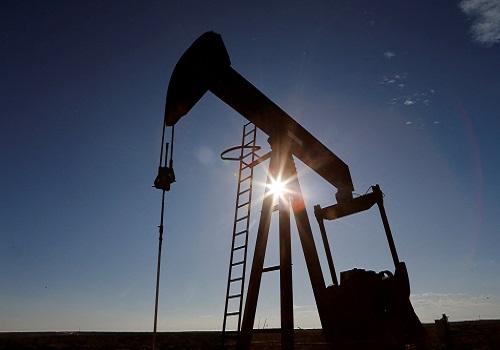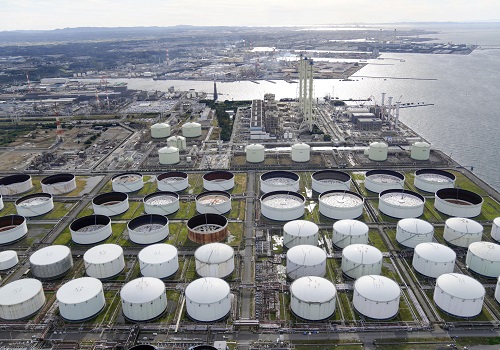Oil steady as dollar slumps and Russian oil products ban looms

Follow us Now on Telegram ! Get daily 10 - 12 important updates on Business, Finance and Investment. Join our Telegram Channel
Oil prices were steady on Thursday after tumbling in the previous session as a weaker dollar boosted sentiment, though looming sanctions on Russian oil products added uncertainty over supply.
Brent crude futures fell 10 cents, or 0.1%, to $82.74 a barrel by 0937 GMT while West Texas Intermediate (WTI) U.S. crude futures advanced 1 cents to $76.40.
Both benchmarks plunged more than 3% overnight after U.S. government data showed a large build in oil stocks.
The U.S. Federal Reserve raised its target interest rate by a quarter of a percentage point on Wednesday, yet continued to promise "ongoing increases" in borrowing costs as part of its battle against inflation.
"Inflation has eased somewhat but remains elevated," the U.S. central bank said in a statement that marked an explicit acknowledgement of the progress made in lowering the pace of price increases from the 40-year highs hit last year.
The U.S. dollar index dived to a nine-month low on Thursday in reaction to the softer rate hike bets. A weaker greenback makes dollar-priced oil less expensive for holders of other currencies, boosting demand.
"Overvalued conditions do not augur well for the dollar’s long-term outlook," investment strategy firm BCA Research said in a note, referring to an improved global economic outlook largely based on China's reopening after strict COVID-19 curbs.
"We expect oil to be the commodity that benefits most from an improvement in Chinese economic momentum."
Prices are also rising against the backdrop of a European Union ban on Russian refined products from Feb. 5.
EU countries will seek a deal on Friday on a European Commission proposal to set price caps on Russian oil products after postponing a decision on Wednesday because of divisions among member states, diplomats said.
The European Commission proposed last week that from Feb. 5 the EU apply a price cap of $100 a barrel on premium Russian oil products such as diesel and a $45 per barrel cap on discounted products such as fuel oil.
Meanwhile an OPEC+ panel endorsed the producer group's current output policy at a meeting on Wednesday, leaving production cuts agreed last year unchanged amid hopes of higher Chinese demand and uncertain prospects for Russian supply.
OPEC+ agreed to cut its production target by 2 million barrels per day (bpd) - about 2% of global demand - from November last year until the end of 2023 to support the market.












 320-x-100_uti_gold.jpg" alt="Advertisement">
320-x-100_uti_gold.jpg" alt="Advertisement">












